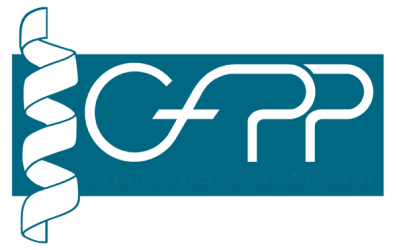
Thermal and photolytic stability of liraglutide was studied, as it is essential to understand the effects of potential in-use mishandling and environmental stress conditions to understand its stability and degradation. Techniques, such as RP-HPLC and LC-HRMS (Orbitrap) were utilized to identify and characterize the generated impurities.
ABSTRACT
Liraglutide (LGT), a synthetic glucagon-like peptide-1 (GLP-1) analogue, is widely used in the treatment of Type 2 diabetes and obesity. Due to its peptide-based nature, it is prone to degradation, particularly under improper storage or handling conditions. Environmental stressors, such as heat and light, can lead to the formation of impurities that may compromise the quality and safety of the drug. In this study, we have investigated the impact of thermal and photolytic stress on LGT stability using reverse-phase liquid chromatography coupled with high-resolution mass spectrometry (LC-HRMS). This method enabled the separation, identification, and characterization of intact LGT and its degradation products (DPs). Ten impurities were identified, including four DPs that have not been reported so far. Further, MS/MS fragmentation analysis was employed to elucidate the sequences of LGT and its impurities, pinpointing the modifications and their respective sites. The formation mechanisms of these impurities were also proposed, providing critical insights into the degradation pathways. This study offers a comprehensive analytical approach for assessing the stability of peptide drugs, contributing to enhanced quality control and safer pharmaceutical formulations.


